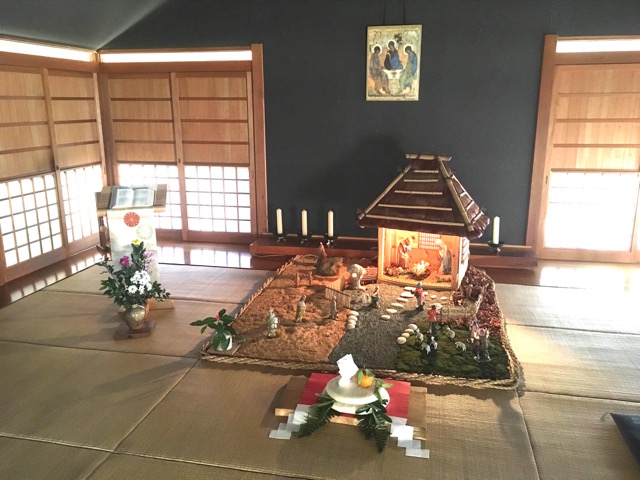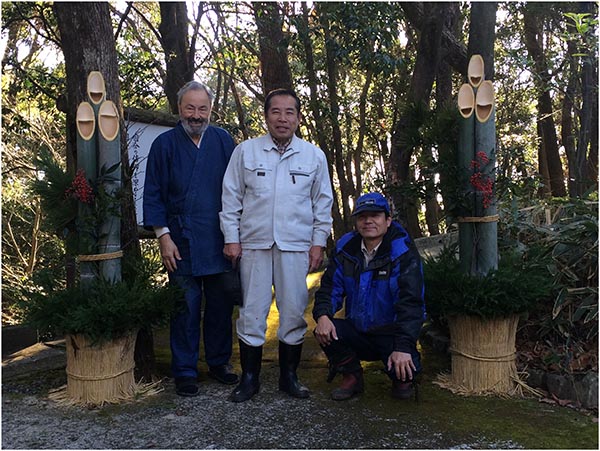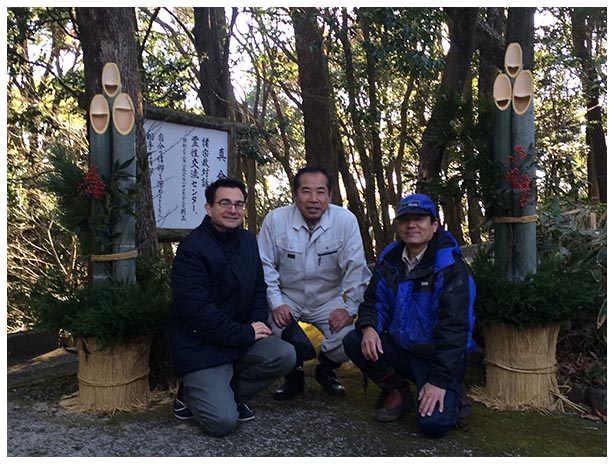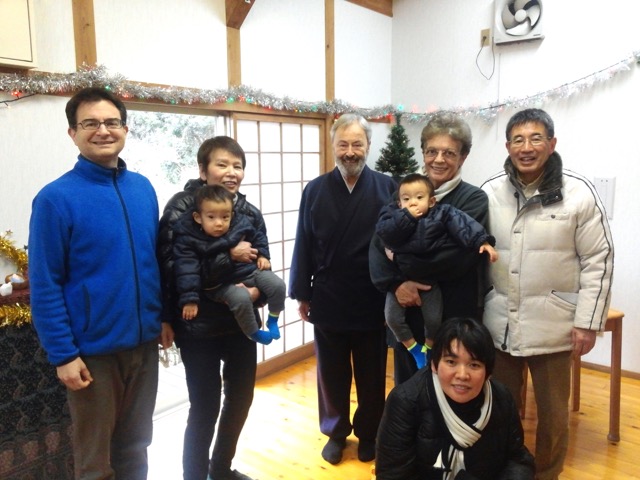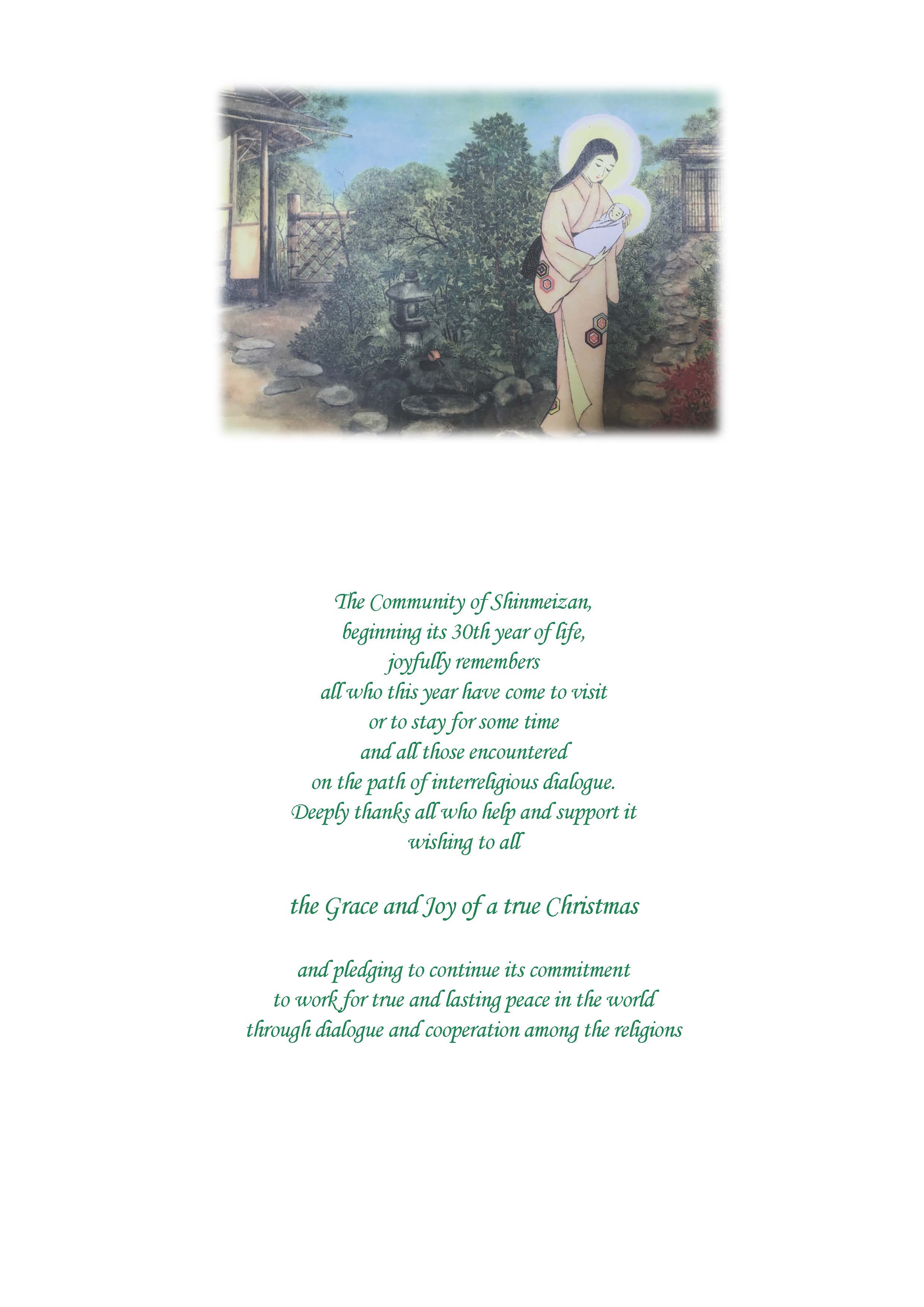Main Activities 2018
Also this year Shinmeizan has continued its activities as a Center for spirituality and interreligious dialogue, welcoming people who come for a few days or a few hours of prayer (an eight days’ retreat was held from the 5th to the 14th of July), or for consultation on interreligious dialog. The monthly retreat, always attended by a group of 15-20 people, this month of December has reached the 232nd time! Visitors come first of all from Japan, of course, but also from abroad.
 English
English  日本語
日本語  Italiano
Italiano 

